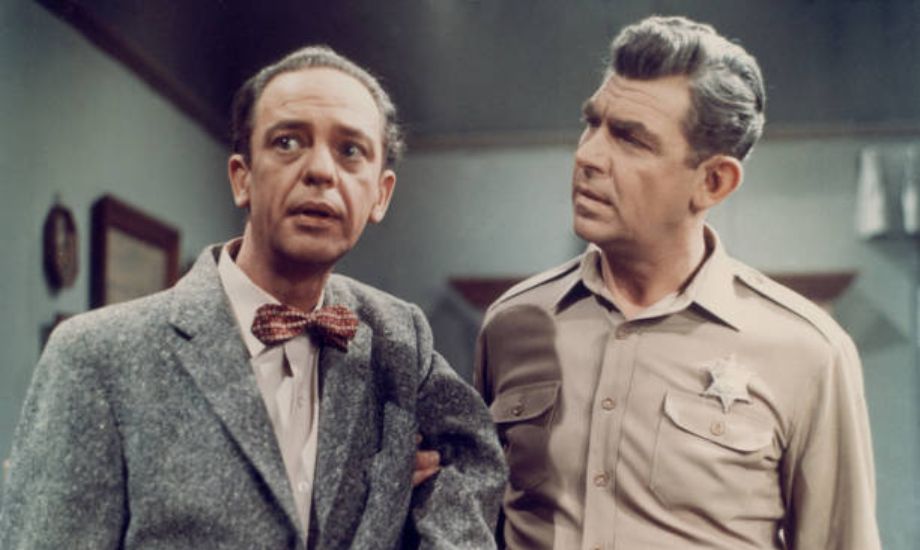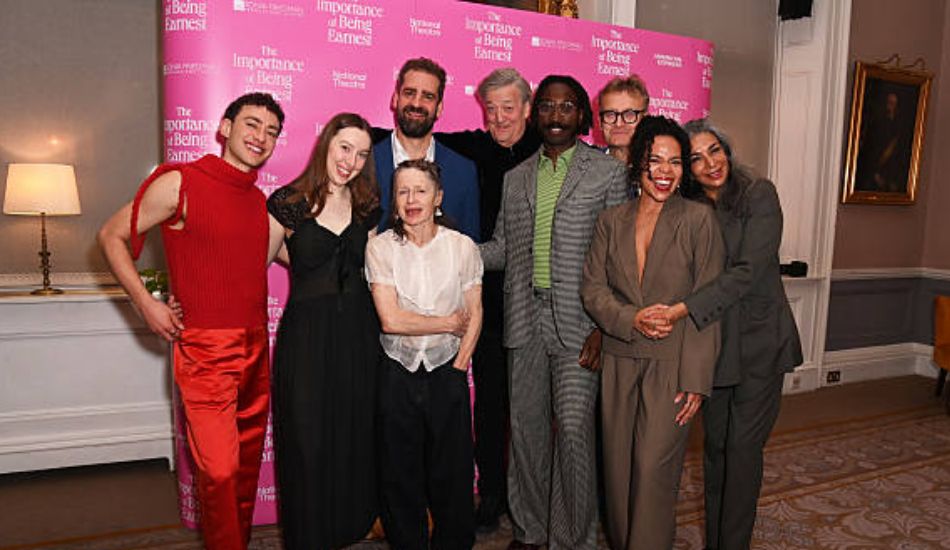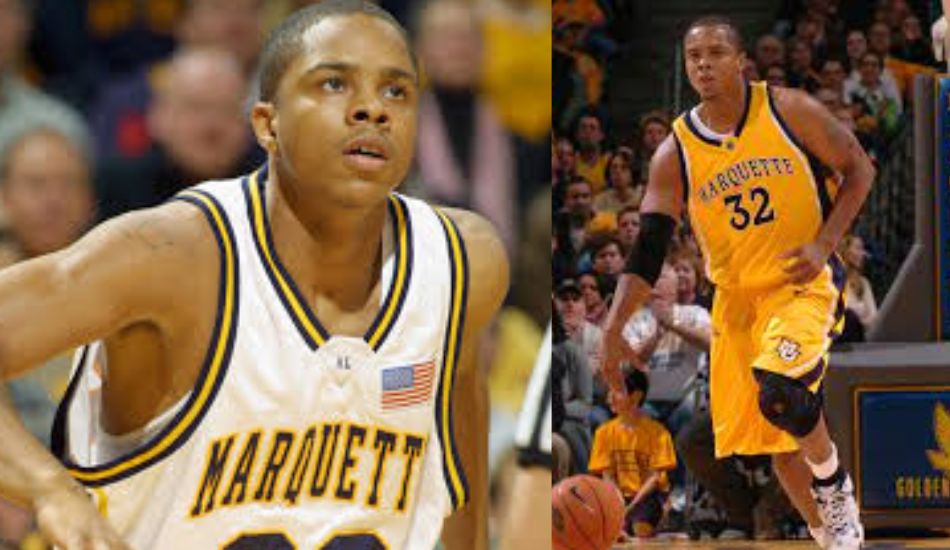Andy Griffith: Life, Career, Family, and Legacy

Few names in American entertainment are as deeply cherished as Andy Griffith. With his gentle Southern drawl, down-to-earth personality, and a career that spanned more than six decades, Griffith left an indelible mark on television, film, and music. From his humble beginnings in North Carolina to his rise as a beloved star, his story continues to inspire generations. In this article, we’ll explore who Andy Griffith was, his net worth, his movies and TV shows, the legacy of The Andy Griffith Show, details of his family, relationships, and marriages, including his time with Solica Cassuto, and his children.
Who Is Andy Griffith?
Born Andy Samuel Griffith on June 1, 1926, in Mount Airy, North Carolina, Andy was the only child of Carl Lee Griffith and Geneva Nunn Griffith. Growing up during the Great Depression, his family struggled financially, at one point unable to afford a crib for him as a baby. Despite those hardships, Griffith’s natural charm and wit began to shine early on.
He developed a love for music through the church, where he learned to sing and play the trombone. He later studied at the University of North Carolina at Chapel Hill, earning a degree in music in 1949. His early performances combined comedy and monologues with music, which eventually led to a breakthrough in the entertainment industry.
Andy Griffith’s image became synonymous with wholesome small-town values. His ability to connect with audiences stemmed from a mix of humor, humility, and genuine humanity—qualities that carried through his entire career.
The Early Career and Rise to Stardom
Andy began his career as a monologist and comedian. His comedic routine “What It Was, Was Football,” recorded in 1953, became a best-selling comedy record and introduced him to a national audience. From there, Griffith transitioned to stage and screen.
His big-screen debut came with “A Face in the Crowd” (1957), where he played a darker, complex role as “Lonesome Rhodes.” The performance was critically acclaimed, showcasing his range beyond comedy. The following year, he starred in “No Time for Sergeants” (1958), a film adaptation of the Broadway hit, which established his reputation in Hollywood and cemented his partnership with fellow actor Don Knotts.
The Andy Griffith Show: A Television Landmark
In 1960, Griffith stepped into the role that would forever define his career—Sheriff Andy Taylor of Mayberry in The Andy Griffith Show.
- The Show’s Appeal: Running from 1960 to 1968, the series presented life in a fictional small town in North Carolina. Its humor, warmth, and moral lessons struck a chord with audiences across America.
- Key Characters: The show introduced beloved characters such as Deputy Barney Fife (Don Knotts), Andy’s young son Opie Taylor (Ron Howard), and a host of eccentric townsfolk.
- Cultural Impact: The show became one of the most enduring sitcoms in TV history, consistently ranking in the Nielsen Top 10. It spun off Mayberry R.F.D. and inspired reunions and TV specials for decades.
- Behind the Scenes: Griffith’s natural rapport with Knotts and Howard was authentic, stemming from deep off-screen friendships. His presence on set was as much paternal as it was professional.
Even decades later, The Andy Griffith Show remains a nostalgic symbol of simpler times and small-town life.
Matlock and Later Television Success
After The Andy Griffith Show, Griffith sought to diversify his roles. He returned to television in 1986 with another iconic character—Ben Matlock, a witty defense attorney in the legal drama Matlock. The series ran until 1995 and became another hallmark of his career.
Unlike Sheriff Taylor, Matlock was a sharp, sometimes grumpy, but always brilliant lawyer who found clever ways to win cases. The show resonated with audiences, particularly older viewers, and reinforced Griffith’s ability to reinvent himself for new generations.
Andy Griffith’s Movies and Other TV Work
While best known for his television roles, Griffith also starred in numerous films and television movies:
- “Onionhead” (1958) – A military comedy-drama.
- “Angel in My Pocket” (1969) – A comedy about a minister adjusting to a new town.
- “Hearts of the West” (1975) – Supporting role in this western comedy.
- “Rustlers’ Rhapsody” (1985) – A satirical western.
- “Spy Hard” (1996) – A comedic turn alongside Leslie Nielsen.
- “Waitress” (2007) – A late-career performance in a beloved indie film.
- “Play the Game” (2009) – His final leading film role, a romantic comedy.
In addition, Griffith appeared in TV films such as Murder in Coweta County (1983), Under the Influence (1986), and Gramps (1995). These projects showcased his versatility, moving between drama and comedy with ease.
Net Worth and Financial Success
By the time of his death in 2012, Andy Griffith’s net worth was estimated at approximately $60 million. His fortune came from multiple sources:
- Television Residuals: Reruns of The Andy Griffith Show and Matlock continued to generate significant income.
- Film and TV Work: From feature films to guest appearances, his acting roles provided a steady stream of earnings.
- Music and Recordings: Griffith released gospel and country music albums, winning a Grammy in 1997 for his gospel album I Love to Tell the Story: 25 Timeless Hymns.
- Investments and Real Estate: Griffith owned properties in North Carolina, including a coastal home in Dare County where he spent his later years.
His financial legacy was left to his family, especially his surviving daughter, after his passing.
Family Background: Andy Griffith’s Father and Relations
Andy was the only child of Carl Lee Griffith and Geneva Nunn. His father, Carl, worked as a carpenter, while his mother provided a nurturing home environment. Though modest in means, the Griffith household emphasized faith, music, and education, all of which shaped Andy’s future.
In his professional life, Griffith developed close relationships with co-stars Don Knotts and Ron Howard. Knotts described Griffith as both a mentor and a friend, while Howard considered him a father figure off-screen. These bonds were so genuine that they became an extension of his “relations,” even if not by blood.
Marriages and Personal Life
Andy Griffith was married three times:
- Barbara Bray Edwards (1949–1972): Griffith’s first wife, with whom he adopted two children. They were together for over two decades before divorcing.
- Solica Cassuto (1973–1981): A Greek actress who became his second wife. Their marriage lasted eight years before ending in divorce. This period was a quieter chapter in Griffith’s personal life, often shielded from public attention.
- Cindi Knight (1983–2012): His third wife, an actress he met while filming a TV movie. They remained together until Griffith’s death, with Knight serving as his companion and caregiver in his final years.
Griffith’s marriages highlight both the challenges of personal life in the public eye and the stability he ultimately found later in life.
Andy Griffith’s Children
With his first wife, Barbara Bray Edwards, Andy adopted two children:
- Andy Samuel “Sam” Griffith Jr. – Born around 1957, Sam faced personal struggles, including substance abuse, and died in 1996 at the age of 38.
- Dixie Griffith – Born around 1959, Dixie largely avoided the Hollywood spotlight, choosing a quieter life. She has worked behind the scenes to honor her father’s memory, often appearing at Mayberry-related fan events.
Though Griffith’s family life had its share of difficulties, he was remembered by those close to him as a devoted father and husband.
Awards and Legacy
Andy Griffith’s impact was recognized with numerous honors:
- Presidential Medal of Freedom (2005).
- Television Hall of Fame Induction (1991).
- Star on the Hollywood Walk of Fame.
- Grammy Award (1997) for his gospel album.
Beyond awards, Griffith’s legacy is cemented in cultural memory. The Andy Griffith Show continues to air in reruns, beloved by audiences who find comfort in its simplicity and humor. His hometown of Mount Airy, North Carolina, has embraced its identity as the “real Mayberry,” hosting festivals and housing the Andy Griffith Museum.
Statues of Griffith and “Opie” stand as tributes, symbolizing not just a man, but the ideals of kindness, humility, and community he represented.
Final Thoughts
Andy Griffith was more than just an actor or television star—he was an American icon. His work reflected timeless values: honesty, humor, compassion, and perseverance. Whether as Sheriff Andy Taylor, lawyer Ben Matlock, or simply Andy Griffith himself, his presence on screen brought comfort to millions.
His legacy lives on through reruns, recordings, and the enduring influence of The Andy Griffith Show. More than a half-century since his career peak, Andy Griffith remains a figure of admiration across generations.
For readers who enjoy exploring timeless legends of film and television, you can discover more stories and tributes like this on my German blog site, fanzineblog.

